
Lycian Way (Likya Yolu), Turkey: Part 3
The Lycian Way is a mythic and ancient route; a 500 kilometre walk around the Teke Peninsula in southwestern Turkey following old ways, past traces of Lycian, Greek and Roman civilisations, alongside turquoise fringed beaches, through coastal villages and high up into the rugged Taurus Mountains.
Karaöz to Adrasan (23 km)
On our 15th day on the Lycian Way we wake to the sound of waves lapping on the beach in Karaöz. A welcome coolness in the air this morning. Walking through fragrant pines and around the rocky coast to Pirates Bay. Somewhere beyond the arc of the bay and lost in the scrub are the ruins of Melanippe, a Lycian/Roman city. This small bay was once a haunt of sea-raiders who hid in the sheltered harbour and ambushed trading ships. Today it’s home to illegal campers, including a naked couple breakfasting contently by the water’s edge.

Cutting across the isthmus, past pomegranate orchards and olives groves and up the hill to the squat, white, deteriorating Gelidonia lighthouse. Views across the silky blue sea to the barren Five Islands. Container ships plying the water far off-shore.
Lacy winged dragonflies, a bushy-tailed beech marten and peeling, pink barked strawberry trees. Turquoise fringed Water Island and beyond it the deep-blue sea. Up and across exposed scree slopes with the full force of the 35-degree sun bearing down on us. Outcrops of red rock and white limestone cliffs. Then down into the mercy of a shady green forest and on to Adrasan, a slow-paced, off-season coastal village with a backdrop of spectacular mountains rising sheer out of the sea. A swim, a wander along the beach, a local wine and a cruisy cafe playlist lull us into wanting to stay here for days.
Adrasan to Çirali (16 km)
The sun rising out of the sea, the early morning glowing bright orange. A woman already lying on one of the sun lounges on the beach and being served tea by a waiter from a cafe across the road. Reluctantly we trade a rest day here for ‘two in the bush’ later on and walk out of town, past the restaurants built over the river and the orange and pomegranate orchards of Adrasan.
Climbing 750 metres through verdant woods on a path once used by camels taking provisions to the high summer pastures.On one side of the pass are stonewalled enclosures, abandoned because the changing climate means there is no longer enough rainfall to sustain grazing. Across the dry grassy pass and just below the ridge of Musa Daği is another yayla, this one with goats and a goat herder who has set up a ramshackle cafe selling çay, Turkish coffee and fresh orange juice. Above us on the hilltop is the lost city of Upper Olympos (Phoenikos). Fragments of columns, tombs and a temple. Baths, a chapel and graves.
Down through pines, bay and strawberry trees. A path strewn with small, golden leaves; a valley of butterflies; an impenetrable hillside of trees felled in a wild storm. On towards Çirali by way of the extensive ruins of Olympos, one of the six leading cities of Lycia, land of light. The river that flowed through the gorge enabled ships to come right into the city to berth and Olympos controlled the sea routes from Rome to Syria and Cyprus. There are the remains of walls, an acropolis, a theatre, baths, tombs, a temple and an elaborately carved sarcophagus. Olympus was at its most prosperous in the 5th and 6th centuries AD. Raiders, war, earthquakes and plague led to its demise and it was lost to history until nomads starting using it as winter quarters in the 18th century. Now archaeologists are working painstakingly to uncover its mysteries and scantily clad sunbathers use its ancient paths to reach the seaside.
The beach is a haunt for simit sellers carrying trays on their heads piled high and crying out ‘Tazi simit!’ (fresh simit). We swim and laze on the warm sand, our last opportunity to do so for several days. At night, the sea is luminescent with phosphorus.
Çıralı to Beycik (19 km)
Mountains and the sea; our constant companions. The mountains wild and rugged and imposing. The sea calm and distant. Both beautiful in the soft, early morning light.
Climbing up to the eternal flames of the Chimaera, a mythical being; part lion, part goat and part dragon, defeated by Bellerophon on his winged horse, Pegasus, but still breathing fire, scorching the earth and any living creature that dares come too close.
Stopping for baked halva and coffee at a restaurant in Ulupınar, a village known for its trout farms and Sunday afternoon visitors. Fortified, we climb 1,000 metres up through cedar forests to the village of Beycik. The climbing gradual except for a few sharp pinches. Sweet fragrant blackberries for the picking. A dog following us. A drum beat. Thunder exploding. A sudden heavy downpour of rain. Then the sky clearing. Electric blue butterflies, water cascading, cedar-clad houses perched on hillsides. Red poppies and pink-frilled wildflowers.
The clouds building again and us quickening our step. Barely five minutes after arriving at our mountain guest house the storm breaks. The thunder, lightning and torrential rain are dramatic. Our host offers us a taste of his homemade limoncello and, later, a glass of his orange wine. A slow, mellow afternoon. Time enough to dry our clothes, do some journey planning and gaze out the window at the ever-changing sky.
Beycik to Yukari Kuzdere (17 km)
After yesterday’s rain, the sky so clear we can see for miles. Out past islands way offshore. Climbing through pine forests and, higher up, cedars. Deer tracks in the dark red soil. Yörük nomads working their high summer pastures. Goats, cows, a donkey and a young woman dressed as she might have been 100 years ago. The animal shelters by way of contrast are fashioned from plastic sheeting. The harsh musicality of the goat herder’s call across the valley. Walnut and mulberry trees. Meadows of mountain sage, the scent of it in the air. Birds singing in the bright green plane trees. Weaving our way between rocks and strewn boulders. The sun gentle. A coolness in the breeze.
Up to the high pass at 1,815 metres. The cedars in this exposed landscape are bonsai versions of the trees lower down. The mid-morning mist coming in and shrouding the barren slopes of Mt Olympos. Karstic hollows and masses of bright alpine flowers. Feeling pleased with ourselves for reaching the high point of the climb with relative ease. Thinking we have the day tamed. Then on the descent we lose the track and, at the same time, a storm breaks. We find ourselves in a steep, slippery, rocky gully, clamouring to find the way out and ruefully remembering that a day’s walk is never over until all its walking is done. Eventually we regain the track and keep it close for the remainder of the day.
Snowdrifts on the northern slopes of Mt Olympos. A glittering silver and white mosque visible in the distance. The midday call to prayer drifting up to us as we zigzag down the hillside, the clouds lifting to reveal mountain ranges, the green Kemer valley and a purple haze of wildflowers. Bountiful orchards, poplar plantations and walnut trees laden with green nuts in the village of Yukari Kuzdere. Nobody much lives here in winter and even this late in spring the village seems deserted.
Yukarı Kuzdere to Göynük Yaylasi to Göynük (27 km)
A perfumed rose on our breakfast plate this morning. A feast of fresh food from the garden. We’ve been setting off at sunrise to avoid the worst of the day’s heat but here in the mountains it’s cooler and our mornings are more leisurely. A gorgeous day for a walk. The sun shining. Oriental plane trees bright green in the light. A castle built by the Genovese to protect a trade route down to the coast. Up to the village of Gedelme, sometimes screened from and sometimes fully exposed to a line of ugly transmission towers. We stop at a cafe for a coffee and the proprietor gifts us a handful of oranges for the journey. Our intention was to finish the day’s walking at Göynük Yaylasi but we arrive before 1 pm and decide to push on, embracing the prospect of a long day knowing that from here on the walking is mainly downhill.
An omelette and a coffee to revive us then out into the warm afternoon. Across summer pastures and along an old migration route down the Göynuk valley, through pine forests, across the river and in and out of Göynuk gorge. The twitter of small songbirds. Pools of pale green water, waterfalls and a water-worn canyon with sheer, pale grey cliffs. Boulder hopping and scrambling around landslides and fallen trees. Occasionally catching a glimpse of the far-off distant sea. On and on through the long afternoon until, eventually, we hear the sound of people at play in the lower pools of the gorge close to town.
We walk into Göynük to find its wide, dusty roads rutted and its modern concrete buildings ugly. Not even the glow of the setting sun softens the harshness of the landscape. Even if we had the energy to keep walking, we’re certain that the beach will be overrun with unprepossessing, high-rise holiday apartments. Exhausted, we turn around and trudge back a kilometre to a pension close to the national park. Once assured of a hot shower and cold beer our spirits revive and the rigours of the tough, ten-hour mountain walk are forgotten.
Rest day in Göynük
Half the day is taken up with exploring the viability of walking to Hisarçandir tomorrow. It’s a long, steep, rocky route that climbs from sea level to 1,500 metres, then descends to 830 metres. We’re told that the track is sometimes difficult to find, there’s a scarcity of water and no guarantee of somewhere to stay at day’s end. Many broken conversations later and with the invaluable assistance of our host and Kate Clow, waymarker of the Lycian Way and walking guide writer, we find a place to sleep and transport for our excess luggage so that we can carry the water we need for the journey. A green light for go.
A park ranger we speak to tells us that the Lycian Way holds within it much positive and much negative energy and it is for the walker to choose which force field to absorb. He claims that Russians and Ukrainians walk the Lycian Way to rid their bodies of the toxins of Chernobyl. Although others are incredulous about this assertion, all we can be sure of is that we’ll need all the power held in the trail for the long day ahead tomorrow.
Göynük to Hisarçandır (20 km)
A hoopoe bird somewhere off in the distance. The moon full. Our exceptionally kind hosts up at 4:30 am to cook breakfast and pack a picnic lunch for us. No one else is about this early except for a wild pig that runs across the half dark track ahead of us. Finding a way around the locked, high fence into the Canyon National Park and venturing deep into its green forest. The melody of birdsong and running water, then silence.
A warm wind. Up through fine leaved myrtle, the path strewn with last autumn’s fallen leaves. Out across a dry, grassy saddle, the climb from sea level to 1,000 metres steady, the cloud building. Up another, steeper, 500 metres. A dramatic amphitheatre of glaciated rock walls, jagged pinnacles and sheer peaks. Scree slopes and polished boulders. The lightness of plane trees. The dark, felted green of pines and cedars. The view from the rocky summit of Hüdacik Range sublime. We gazed in awe at the flat-topped ridge of Bozburun, the conical Ovacik, Beldibi canyon, the beach and the wind-rippled sea.
Remote summer yaylas with shepherds’ huts and rough wooden enclosures. An old man serving çay outside a seemingly abandoned house and demanding an exorbitant price for it. Cursing us when we refuse to pay what he asks. Our only occasion of a Turkish person being less than welcoming and generous. We are sure there are demons in his head.
The real work of the day done we head down towards Hisarçandir, following old forestry tracks, faint trails and a dry, rocky river bed. The village is isolated in winter by the snow that lays deep on the ground. A young man at the mosque helps us to find the house of Tunçay the pilot, our homestay for the evening. Dinner is from the garden and Tunçay eats with us at a small table covered with clean newspaper. Afterwards, the three of us sit on the balcony that looks out over the mountains, drinking çay and conversing to the extent that our limited shared language allows. If only we spoke Turkish we could have talked late into the night with our pilot/philosopher host; of dreams, flying machines and the Ottoman Empire.
Hisarçandır to Geyikbayiri (20 km)
An offering of white mulberries and the first cherries of the season. The sun on the mountains. A mosque in a clearing in the forest. The warm air fragrant with wild herbs. Pines and bold red poppies and delicate alpine flowers. Steeply and roughly downhill, across a dam wall and a river then a steep climb up to Çitbidi. This tiny settlement of scattered farms backed by a two-kilometre long wall of water-weathered rock attracts climbers from all over the world.
Our pace sluggish on this our last day on the Lycian Way. Fatigued from the long, tough days in the mountains and knowing there’s another 1,400-metre climb today. Our minds already at walk’s end; a long way from where our bodies need them to be. A tortoise on the track, then another. By mid-morning, the sky is hazy with dust blown in from the Sahara. The ruins of Typalia, a Lycian settlement that guarded the pass between the Çandin valley and Trebenna. The glittering white city of Antalya far below and the sea beyond it. Range upon range of mountains. Lycian graves, some decorated with a spear and a shield, most smashed open by tomb raiders and scattered in the undergrowth. Down through steep, broken country; limestone giving way to shale. Landslides and rockfalls and a precipitous track across a sheer, scree slope.
The summer yayla of Halil the shepherd. His terraced fields ploughed but his vegetables not yet planted. Mulberry trees and walnuts and pomegranates. Up rutted grassy slopes, scrambling to the top of the 1,450-metre high pass at Karabel, looking down through cedars to green meadows and the settlement of Geyikbayiri, our day’s destination and the end of the trail.
An ancient forest graveyard, shepherds’ huts, a woodpecker drumming on a pine tree. Sliding and scrambling and zigzagging down through the forest. A Roman road and the ruins of Trebenna. A Byzantine basilica, Roman baths, stone pillars and an inscription celebrating Hadrian as a god. Us almost spent but knowing that if we don’t find the energy to explore the ruins we’ll regret it in a few days time.
Finally we come to the golden limestone walls that were revealed when a cave roof collapsed many years ago. We cross the river to the out-of-town campsite where we’ve booked a bungalow for the night. Alas, they don’t have a record of our reservation, nor do they have any food or beer. Our elation at arriving is drowned by a wave of despondency until, on impulse, we put our packs back on, walk on to the trailhead (the official end of the Lycian Way), take a photo of ourselves at walk’s end, continue on to the highway and, in fading light, hitch a ride to Antalya, 45 kilometres away. Two men in a beaten up car stop and give us a lift. As we travel the dusty and increasingly choked highway these rough diamonds make us understand that they will drop us at the central bus station from where we can easily find our way to the old city. By nightfall, we are sitting in the courtyard of a charming Ottoman-era art hotel, toasting the Lycian Way with a cold beer.
The next day we visit the Culture Routes Society office in Antalya to thank them for their work developing, waymarking, maintaining and promoting the Lycian Way for the benefit of local communities and walkers wanting a rare and enriching cultural experience. Kate Clow is about and generously sits down with us and talks about plans for future trails over a çay. Before we leave to enjoy an end-of-walk celebratory dinner, Kate inscribes our guide book. ‘Anna and Michael. Congrats on reaching the end at Geyikbayiri. Come back for the St Paul Trail. Kate’
A seed is planted. What it will grow into we can’t know just now. Now is a magical and mystical time of fireflies, 16th century caravanserais, sufi dervishes, throngs of pilgrims in black niqabs and hijabs, ottoman calligraphy and early mornings by the Bosphorus, the earth’s shadow dusky pink above the horizon, the water silken, the domes and minarets of a thousand mosques golden in the first light of day.
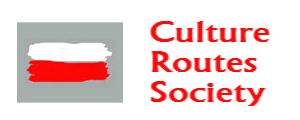


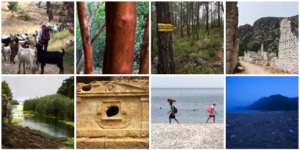

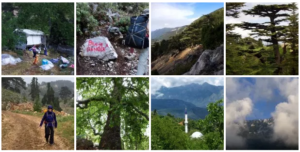

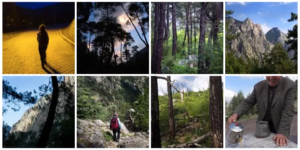

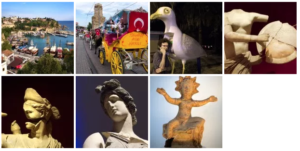
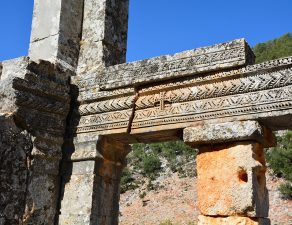

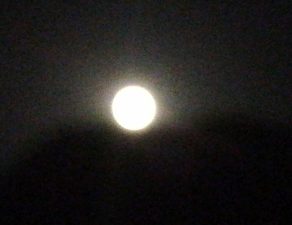

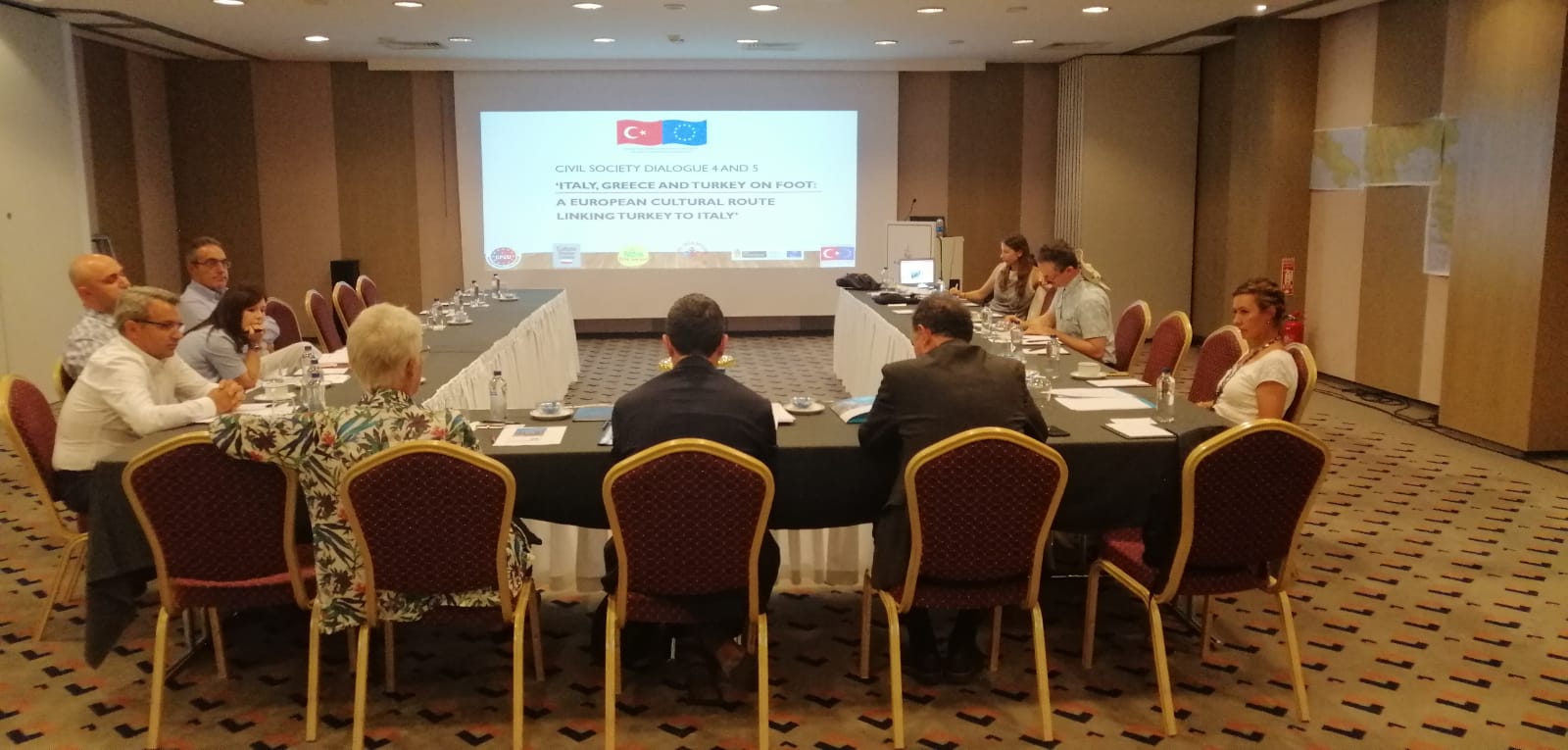
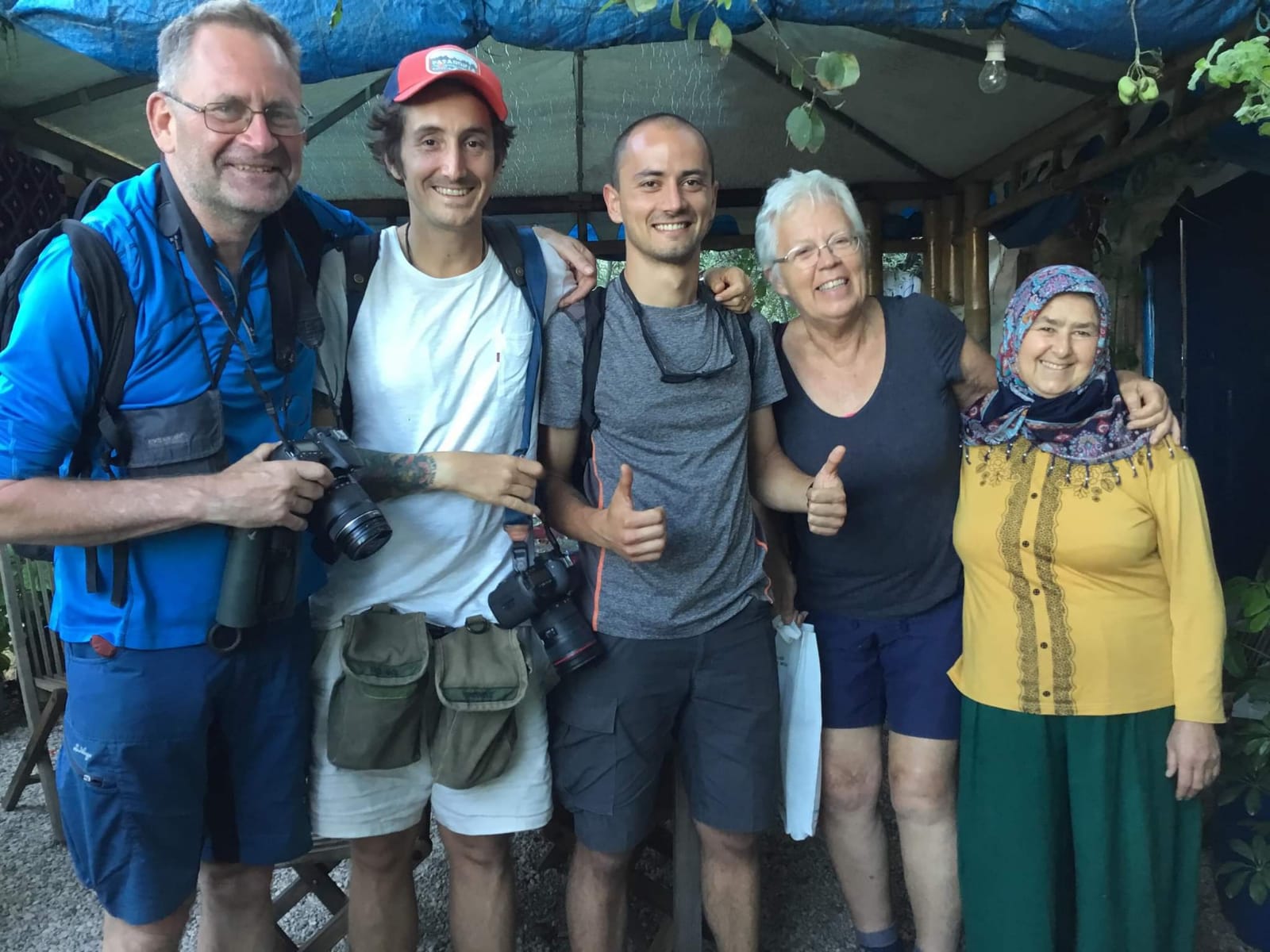
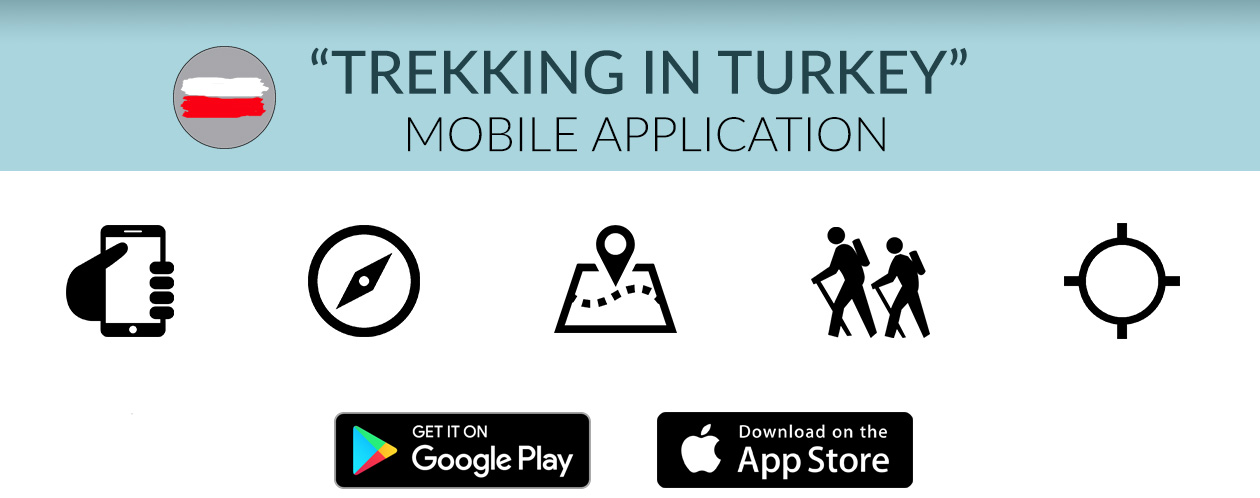

1 Comment
bedayaa
May 22, 2023
يشمل علاج الإدمان تنظيم برنامج علاجي للمرضى ، سواء في المستشفى أو العيادة الخارجية ، وتقديم المشورة لهم لمساعدتهم على مقاومة الانتكاس والتغلب على الإدمان.
خطة علاجية:
ويتضمن جلسات تثقيفية تركز على وصول متعاطي المخدرات إلى العلاج الداعم والوقاية من الانتكاس ، والتي يمكن تحقيقها من خلال الاجتماعات الفردية أو الجماعية أو العائلية.
يقترح:
يمكن أن تساعدك المشورة من مستشار نفسي ، بمفردك أو مع أسرتك ، أو من طبيب نفسي في مقاومة إغراء الإدمان والبدء في تعاطي المخدرات مرة أخرى.
يمكن أن يساعد العلاج السلوكي في إيجاد طرق للتعامل مع الإدمان ، واقتراح استراتيجيات لتجنب الإدمان ومنع الانتكاس ، وتقديم المشورة حول كيفية التعامل مع الانتكاس.
تتضمن الاستشارة أيضًا التحدث عن وظيفة المدمن والقضايا القانونية والعلحتاقات مع العائلة والأصدقاء.
يمكن أن يساعد تلقي المشورة من أفراد الأسرة على تطوير مهارات تواصل أفضل مع المدمن ى يكونوا أكثر دعمًا له
مراكز علاج الادمان
Write a comment: